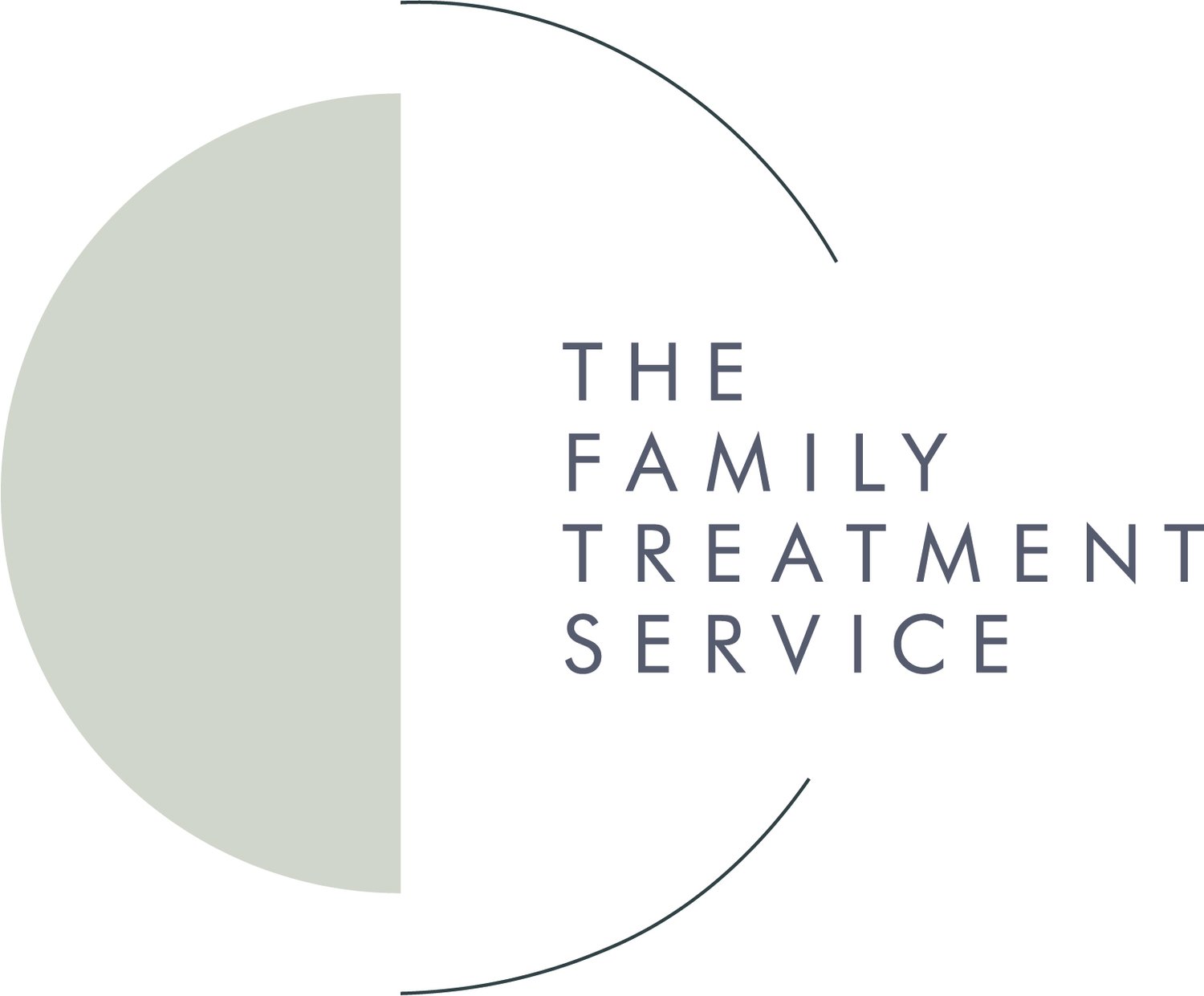Adult Autism Assessment
Diagnostic assessments are collaborative, and we work with colleagues in specific fields of expertise such as mental health, speech and language therapy and sensory issues to ensure we can answer various questions and create a support plan for you.
What to Expect
The journey to an autism diagnosis can often be complex and overwhelming, requiring a systematic approach and collaboration between various professionals. In this guide, we aim to provide you with a step-by-step overview of the diagnosis pathway to help you navigate the process with confidence and clarity.
During the initial diagnosis consultation with you we will talk through what a diagnosis could mean, the impact that it may have and why you need one. Sometimes labels can be very useful to put support in place at work or home. Sometimes they are a burden, and can weigh heavily unless the right advice and support is available.
The ADOS- 2 stands for Autism Diagnostic Observation Schedule - Second Edition. It is considered to be the ‘gold standard’ instrument for diagnosing Autism Spectrum Disorder. Our trained expert in ADOS - 2 will take you through a series of activities, none of which need to be prepared for. It will be filmed so that the case can be reviewed and coded with team members.
Once the team has reached a joint conclusion, you will receive feedback on the assessment. This will be given to you in a safe and knowledgeable environment that welcomes questions. We will suggest areas that could benefit from ongoing support by one of our expert clinicians to help you in areas that may be an everyday struggle. We aim to inspire people by encouraging inclusive environments for everyone on the neuro-spectrum, helping all autistic people to achieve their potential.
1.
ADi-R with a clinician (up to 3 hours)
This is a developmental history interview which will focus on their early childhood between the ages of 4-5.
We will need one or both parents for this, it can be completed online if you wish, otherwise we will hold it in our Wimbledon Clinic.
2.
ADOS
ADOS is series of activities and conversations with a clinician (1.5 hours)
We will need you for the ADOS observation in the clinic. You do not need to bring anything or prepare for it. This will be recorded on a video camera so that the team can watch it back together and come to a consensus.
3.
Multi-Disciplinary Team Discussion
Following the completion of the assessment, the multi-disciplinary team will meet to carefully consider all the information available and make a decision about whether you do or do not meet the criteria for Autistic Spectrum Disorder. We will let you know our joint consensus via phone call.
4.
Clinical Report
This will usually take up to two weeks from the consensus call. You will be offered feedback appointment times when the report is sent through.
5.
Feedback Session
With the lead Clinical Psychologist to discuss the outcome of the report and their recommendations going forward.






